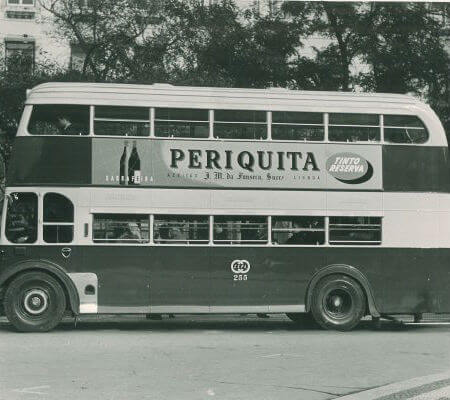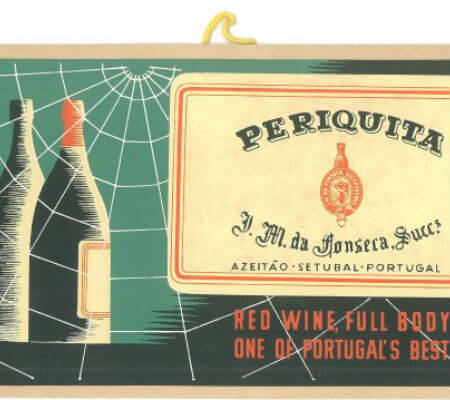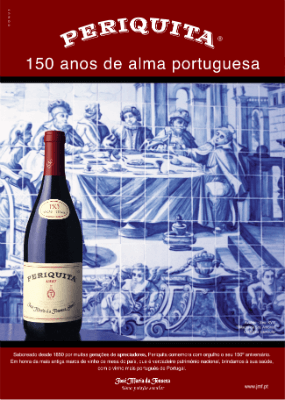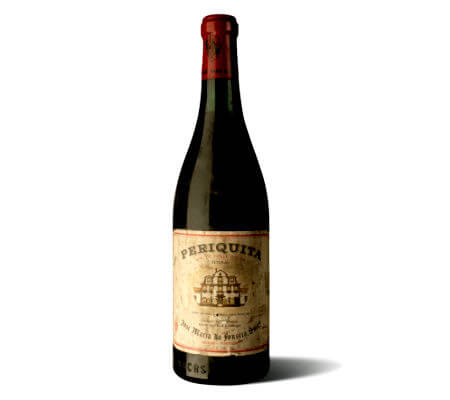Text João Barbosa | Translation Jani Dunne
I’m old! It’s true! No matter how much I call a guy “dude”, the truth is I’m the same as my dad, who died when he was 90 years old, and referred to his friends as “young men my age”.
This statement of mine about being old isn’t even related to age, but to a country that is no longer. Not because it was a teenager, but because it was something else. In Portugal, people rarely wore branded clothes until 1986… Adidas trainers? We used to say: “They must be… Adidas from the chemists.” The anti-mainstream records came from Great Britain, either in the post or if a friend were visiting there. Pop stars were on the cover of Bravo, a magazine in German that hardly anybody could read. Who was Nena?! Two or three years later we learned who she was when her hit, Ninety Nine Red Balloons, finally made it here.
We would go to Spain to buy trainers, toffee, and Alicante nougat. Spain smelled like the horrible Ducados cigarettes, and the coffee was undrinkable. The Spanish used to visit Portugal for Easter to eat codfish, seafood in Alentejo – even if it had travelled over 90 miles from the Atlantic – and to buy towels and bedspreads.
In that 70s black-and-white Portugal, or in the following decade’s faint-coloured version, wine had no brand. In Lisbon, they had taverns with casks full of lees… wine from the “small town”, and “purinho do produtor” [pure and straight from the producer]… Brands? One or two; except for Vinho do Porto and Vinho da Madeira.
In 2014, there were 2067 wine growers and 4212 wine growers and producers. In Portugal, as in other EU countries, there was a lot of urbanisation, and the primary sector lost weight in the country’s Economy. Thirty years ago, there were many more wine producers, but much fewer growers and producers. Cooperatives had an important role in the industry.
I decided to write this text about two or three brands. However, I noticed that those “two or three” were, in fact, much more than that. And still… The number is, after all, irrelevant. The business and the consumption of wine have changed a lot in the last 30, or 25, and even in the last 20 years. I am happy with the resistant ones and with the “reborn” ones. I thought they wouldn’t outnumber my fingers… I realised I needed three other people’s fingers to count them all, or perhaps even more.

Periquita pub on bus – Photo provided by José Maria da Fonseca | All Rights Reserved

Vintage Periquita Pub – Photo provided by José Maria da Fonseca | All Rights Reserved
Alentejo was known for the wheat fields and for the forests of cork oak and holm oak. In Douro, they made Port – period. Douro and Bairrada were very important. However, Portugal has old brands, which in some cases may even compare to the most famous French wines.
The most obvious case is Periquita, produced in the Península de Setúbal region. The recipe has been changing, but it was basically made of Castelão grapes – such a big success that it spread all around, turning the brand into a synonym of the grape variety. It’s now a trademark after the legal battle won by the José Maria da Fonseca company.

2000’s Pub for 150 years birthday – Photo provided by José Maria da Fonseca | All Rights Reserved

2000’s Pub for 150 years birthday – Photo provided by José Maria da Fonseca | All Rights Reserved

2000’s Pub for 150 years birthday – Photo provided by José Maria da Fonseca | All Rights Reserved
When I say Periquita, I’m talking about 1880, although it is known that a bottle from the previous decade has been traded, and rumour has it, an 1850 bottle too. In 1886, it earned an international award.

Periquita 1880 – Photo provided by José Maria da Fonseca | All Rights Reserved

Periquita Old bottle – Photo provided by José Maria da Fonseca | All Rights Reserved
Lilliput! Thousands, millions of Portuguese people making their own wine. Just a few brands. Two companies stood out: João Camillo Alves and Abel Pereira da Fonseca, colossal at the time. The difference was such that an anecdote of questionable taste emerged: “In his deathbed, Mr. Fonseca might have said to his descendants that even from grapes you could make wine”.
It’s a (silly) joke, because Abel Pereira da Fonseca was an honourable man, and was once part of big business, for instance the José Maria da Fonseca company – which was extremely serious – only the founder had that surname. In any case, the anecdote reflects the truth.
I will leave that truth for another chronicle.
Contacts
Quinta da Bassaqueira – Estrada Nacional 10,
2925-542 Vila Nogueira de Azeitão, Setúbal, Portugal
Tel: (+351) 212 197 500
E-mail: info@jmf.pt
Website: www.jmf.pt




Leave a Reply